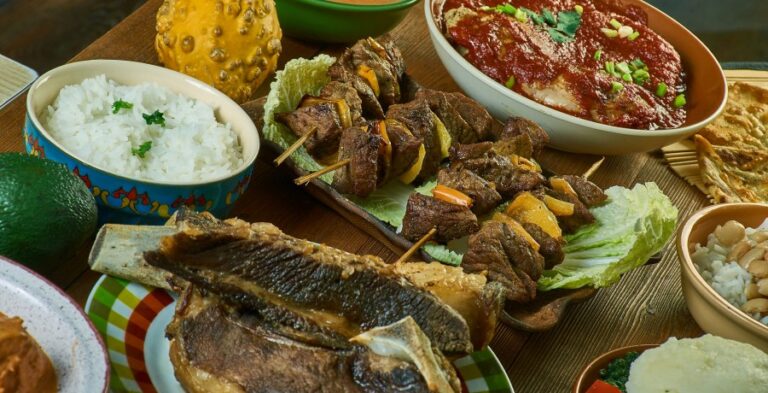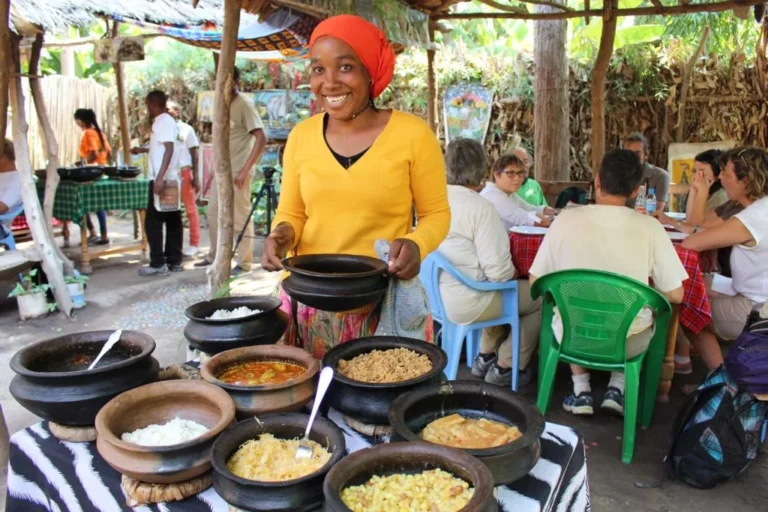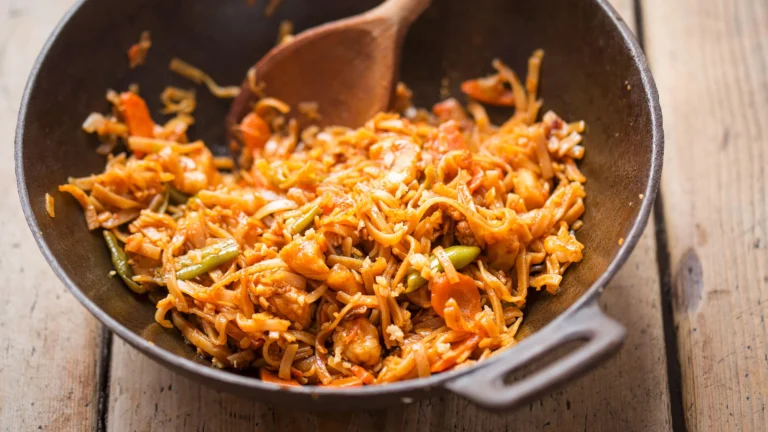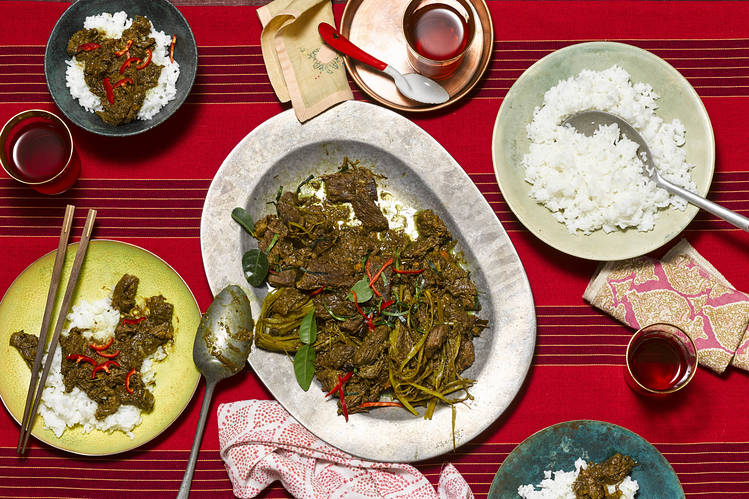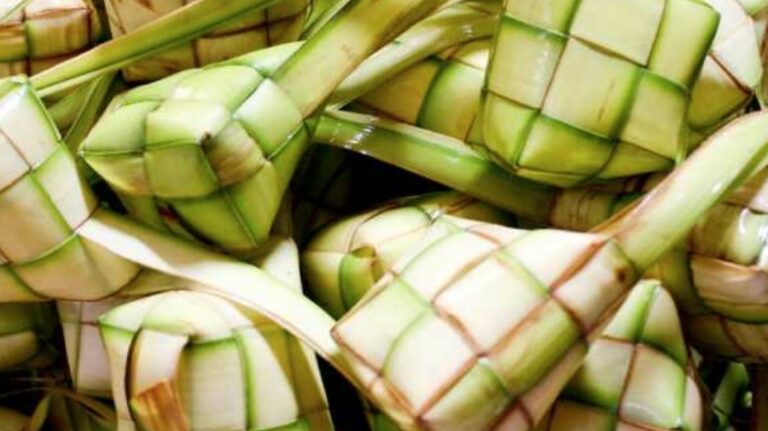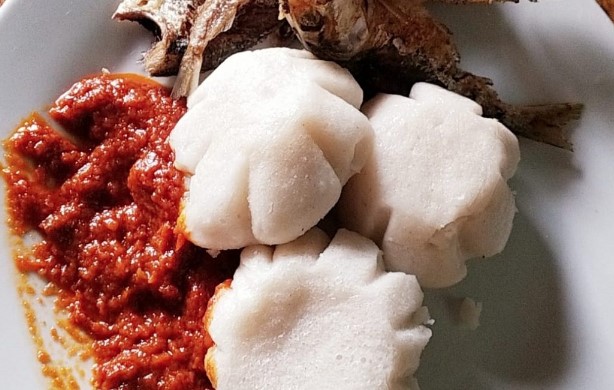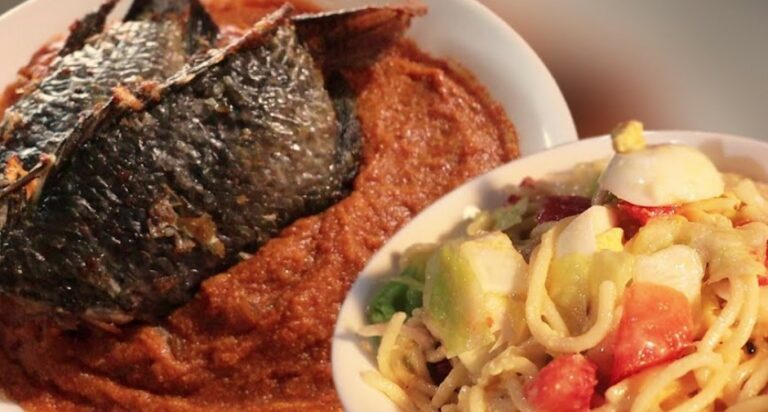Introduction: Tanzanian Desserts
Tanzania is a country located in East Africa known for its unique desserts that are influenced by the diverse cultures of its inhabitants. Tanzanian desserts are a reflection of the country’s history and traditions. Its desserts are characterized by their sweetness, flavor, and unique blend of ingredients.
The Influence of Culture on Desserts
The Tanzanian dessert recipes have been handed down from generation to generation and are influenced by the various cultures that have settled in the country. Indian, Arabic, and European influences are evident in the flavors and ingredients used in Tanzanian desserts. In addition, the country’s diverse geography has also influenced its cuisine, with coastal regions using coconut and bananas, while the inland areas use more spices and flour-based ingredients.
Ingredients Used in Tanzanian Desserts
Tanzanian desserts are made from a variety of ingredients such as fruits, spices, nuts, and grains. Some of the most commonly used ingredients include coconut, cassava, plantains, maize, and rice. Tanzanian desserts are also characterized by the use of spices like cinnamon, cardamom, and ginger, which are often added to enhance the flavor and aroma of the dish.
Popular Tanzanian Desserts
One of the most popular Tanzanian desserts is Mandazi, which is a sweet fried bread that is usually served with tea for breakfast. Other popular desserts include Kaimati, which are deep-fried sweet dumplings coated in sticky syrup, and Mkate wa Ufuta, which is a sesame seed cake that is usually served during special occasions such as weddings and religious celebrations.
Comparison with Other African Desserts
Tanzanian desserts differ from other African desserts in their unique blend of cultural influences and ingredients. For example, South African desserts are known for their use of fruits such as apricots and peaches, while North African desserts are characterized by their use of honey and nuts such as almonds and pistachios. Tanzanian desserts, on the other hand, are known for their use of coconut and spices such as cardamom and cinnamon.
Conclusion: Tanzanian Desserts Unique
In conclusion, Tanzanian desserts are a reflection of the country’s diverse culture and history. The unique blend of ingredients and flavors used in Tanzanian desserts sets them apart from other African desserts. Whether it is the sweet and fluffy Mandazi or the sticky Kaimati, Tanzanian desserts are sure to delight anyone’s taste buds.

